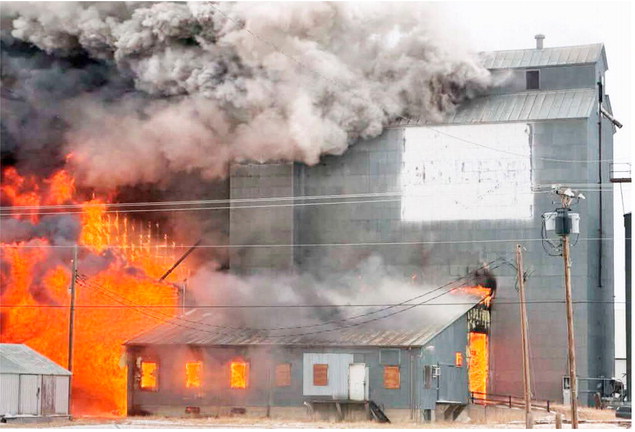Letter To The E
ditor
At the Montana Transparency Project, we often write about the legal side of public information: new court cases, changes in statute, or debates about accessing public records. But today, we’re taking a different approach.
We recently spoke with Denise Rivette, an independent reporter from Carbon County, who shared her experiences as someone on the front lines of submitting information requests. Her story illustrates not only how the system has changed in recent years, but also how those changes affect Montanans’ access to public information.
“When I first started out, it was pretty easy talking to different agencies and just getting the information I wanted. And then after [the state] established the Office of Public Information Requests, things really slowed down,” said Denise, who has used the Montana Transparency Project’s services in an effort to work around these increasingly complicated processes.
For years, Denise explained, curious citizens and journalists could pick up the phone or send an email directly to a local or state official to get the records they needed. The person on the other end of the line often worked closely with the information being requested, meaning the caller and the official had both context and firsthand knowledge. Denise said this direct communication made the process efficient. Requests were clear, responses were quicker, and everyone involved spent less time navigating bureaucracy.
But that system has changed since the creation of the Office of Public Information Requests. Now, Denise and others must route their requests through staff based in Helena. The stated goal of the office was to centralize and standardize the process, but the changes haven’t always been helpful, Denise explained. The staff handling requests are removed from the local context. When a requestor asks for a record from a specific agency or about a local issue, Office of Public Information Requests staff may not immediately understand what is being sought or where to find it. This extra distance between requester and information slows the process and adds layers of miscommunication.
“The least expensive, most efficient way [to handle information requests] is to let the agencies who understand the information they are being asked for handle the request, instead of sending it to an attorney [at OPIR],” Denise said.
Another challenge Denise highlighted is that the Office of Public Information Requests is simply understaffed. A small number of employees are tasked with handling information requests that span the entire state government. They are expected to be familiar with a vast range of agencies, documents and procedures. The workload is simply too great. As a result, Denise said turnaround times for records requests are longer than they once were, leaving reporters and citizens waiting for information that used to take days to obtain.
“I’m sorry [the limited employees at Office of Public Information Requests are] handling the entire caseload, but I believe that’s the administration’s problem and doesn’t affect their obligation to provide information in a timely manner,” Denise said.
Finally, there is the issue of fees. When Denise submitted requests directly to local officials, she faced only minimal costs — perhaps a small charge for copies or printing. But because Office of Public Information Requests staff must often conduct time-consuming searches to locate records, requestors are now being asked to pay substantial fees. Denise has faced bills in the hundreds of dollars, sometimes without any clear indication of what useful information, if any, would be provided in return. “In response to [an information request]. . . OPIR came back and [said] it would cost like $600. I knew there was information, but I didn’t know what the information was, so I didn’t know if it was worth $600.” For independent reporters and ordinary citizens alike, Denise said these costs can pose an insurmountable barrier to accessing public records.
Denise’s experience sheds light on a troubling trend: Montana’s system for public information is becoming less accessible, less responsive and more expensive. What was once a straightforward exchange between citizens and local officials has been complicated by distance, capacity and cost. For transparency to be meaningful, access must be practical. If reporters and citizens are priced out or delayed indefinitely, the public loses its ability to hold government accountable.
These changes don’t just create headaches for reporters like Denise. They delay the release of important information to Montanans, and the financial hurdles can prevent critical records from ever coming to light. When every document comes with a price tag, journalists and citizens alike are forced to limit what they request. That means stories may go untold, facts may go unverified, and new leads may never be uncovered. This is the opposite of transparency.
At the Montana Transparency Project, we believe the public’s right to know is only as strong as the system that protects it. Denise’s experiences show how difficult that system can be to navigate. If you are considering submitting an information request, we’re here to help — just as we’ve helped Denise and others seeking access to their government.
“I’ve come across two different kinds of public information officers in government. One is . . . here to provide you with all the information [they] can,” Denise said. “Then there are others that are just gatekeepers. I’m calling you when I’m running up against gatekeepers.”

